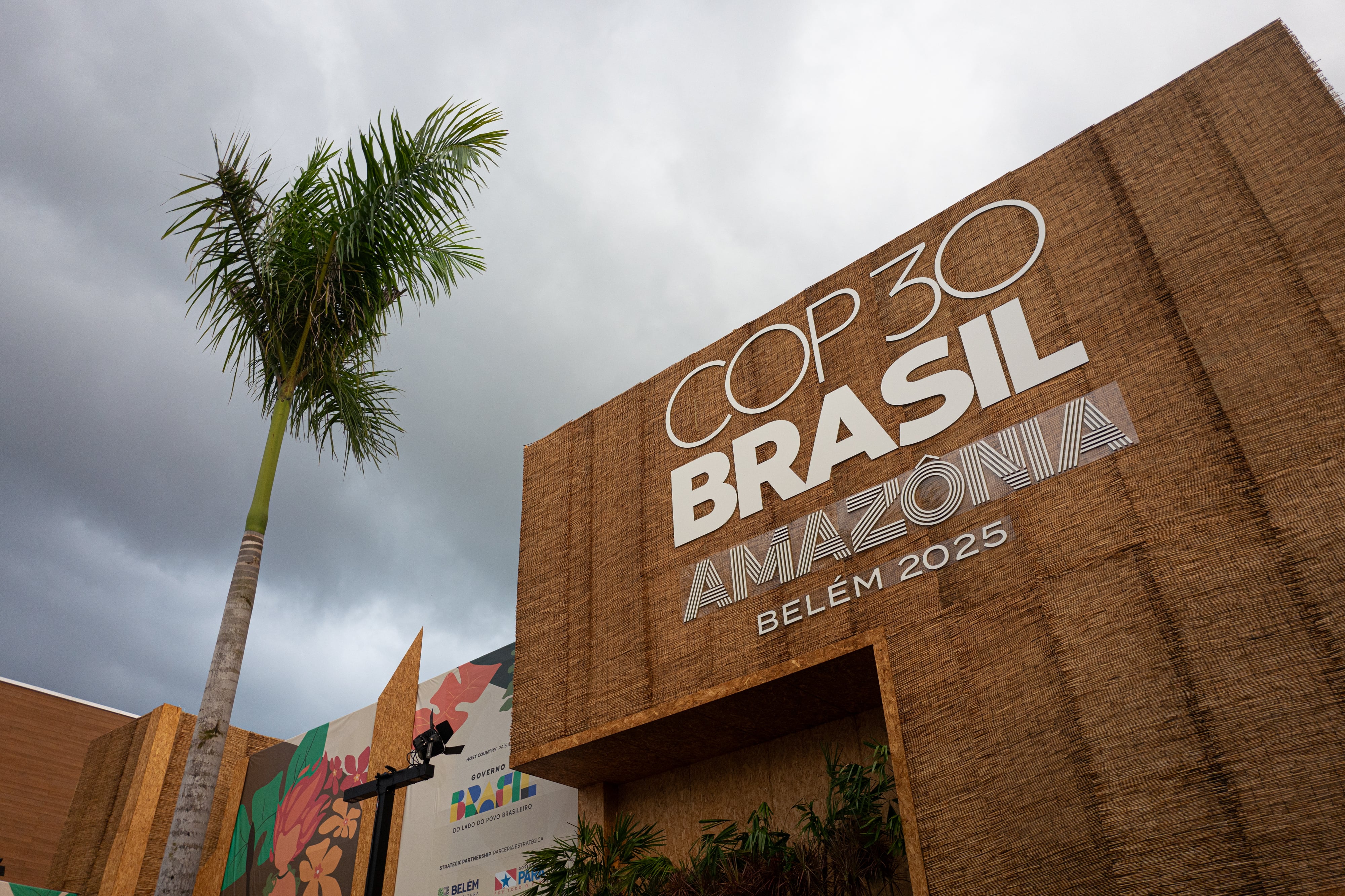Business conditions across the Irish manufacturing sector weakened to their greatest extent for three months in October as subdued export demand, customer destocking and lacklustre global economic conditions weighed on sales.
AIB’s manufacturing PMI report for the month shows staff hiring stagnated as goods producers became less optimistic about growth prospects for the year ahead.
Manufacturers cut their output charges to help stimulate demand and retain market share, but input costs rose slightly as higher oil prices added to operating expenses.
Adjusted for seasonal influences, the headline figure was 48.2 in October, down from 49.6 in September, and below the 50 mark that separates growth from contraction for the second month running.
READ MORE
The latest reading was the lowest since July, but signalled only a modest downturn in manufacturing performance, the report noted.
Faster reductions in output volumes and incoming new work were the main factors weighing on the headline PMI.
The latest fall in new order intakes was the steepest since December last year. Manufacturers noted that higher borrowing costs and subdued global economic conditions had restrained client demand, alongside cost of living pressures for consumers.
New export orders fell at the fastest pace since June, with manufacturers mostly citing weak demand from elsewhere in Europe. Some firms also noted that overstocking among clients had acted as a drag on export sales.
Employment numbers stagnated, which contrasted with solid job creation during the third quarter of the year. This partly reflected a lack of pressure on operating capacity, as signalled by another steep fall in backlogs of work.
However, some goods producers continued to note efforts to boost payroll numbers in anticipation of new product launches and rising output requirements.
October data highlighted positive sentiment regarding the outlook for production volumes during the year ahead, with around 48 per cent of the survey panel forecasting a rise and only 8 per cent predicting a decline. A number of firms attributed positive sentiment to export-led business expansion plans. The overall degree of confidence nonetheless eased for the second month in a row to its lowest since July.
Survey respondents suggested that concerns about the broader economic outlook and cutbacks to investment spending among clients had impacted business confidence.
Weaker expectations for production growth and efforts to reduce inventories contributed to a marked decline in input buying across the sector. Stocks of purchases resumed their downward trend, while finished goods inventories decreased to the greatest extent since June 2022.
Goods producers noted that softer demand conditions, fewer supply shortages and higher borrowing costs had encouraged leaner inventory strategies.
Meanwhile, input prices increased for the first time since February. Higher fuel and transportation costs more than offset lower raw material prices, according to a survey of respondents in October. That said, the overall rate of inflation was only marginal.
Relatively muted cost pressures and strong competition for new work meant that price discounting continued across the manufacturing sector. Lower factory gate prices have now been recorded for six consecutive months, but the rate of decline eased markedly since September.















